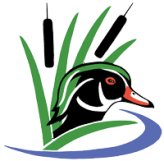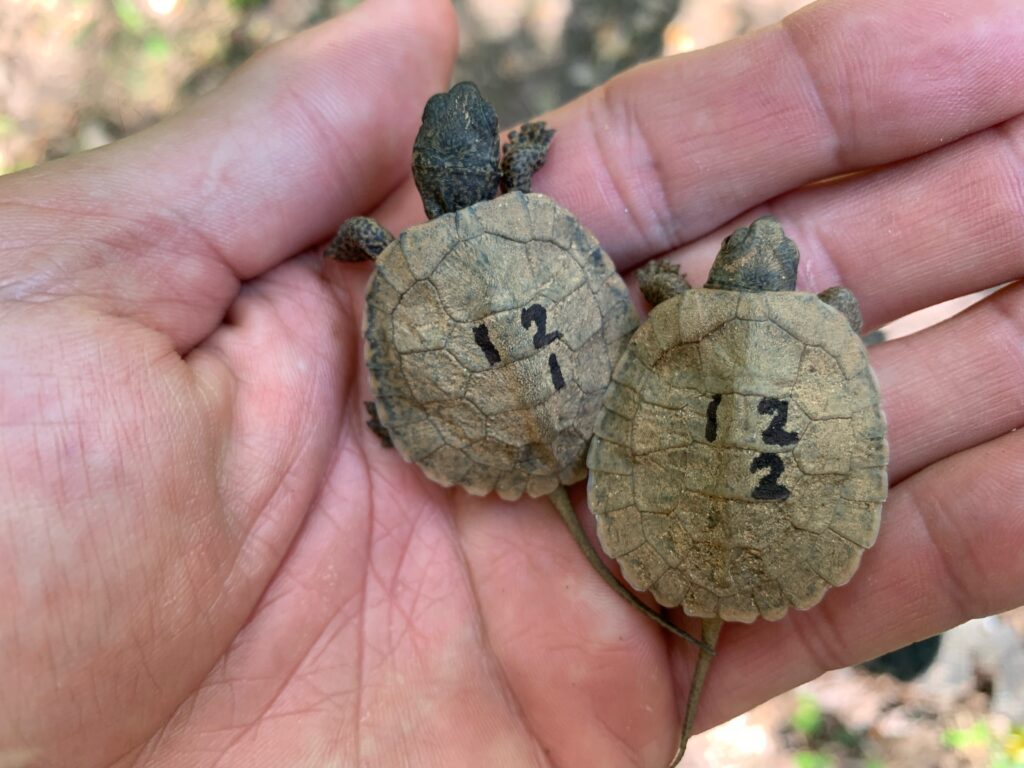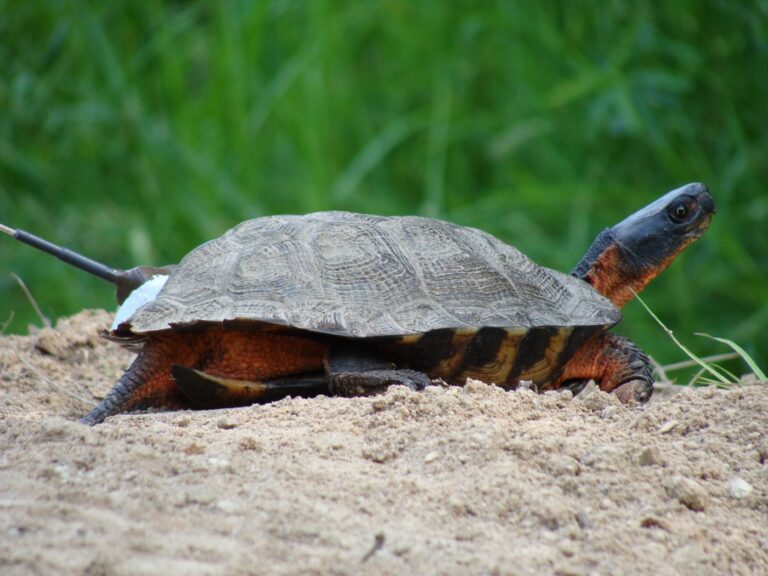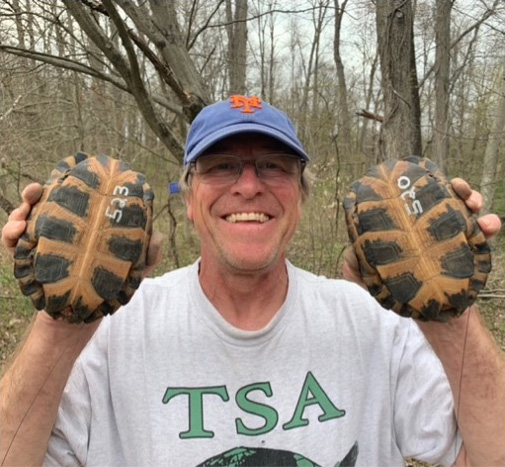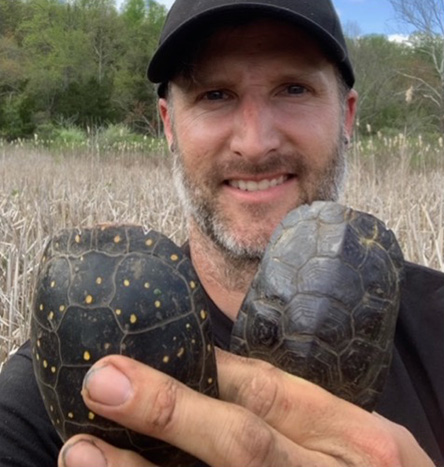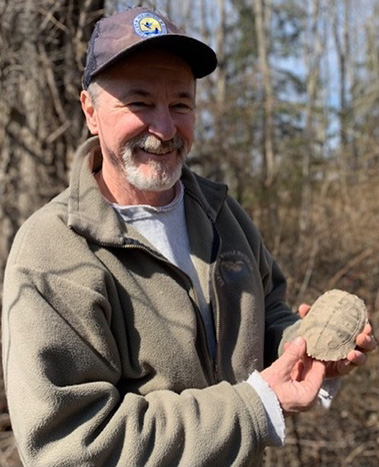Project Goal
The Great Swamp National Wildlife Refuge was found to have a small, relict population of old wood turtles. The goal of this project has been to augment and create a viable, self-sustaining population. Head-starting aims to increase the numbers of hatchling turtles that survive their early vulnerable years, thus placing more individuals on a trajectory to adulthood in order to reinvigorate the population. Therefore, we are helping to ensure the long-term persistence of the species in the Great Swamp.
Project Partnership
The project is a collaborative effort between conservation ecologists, Refuge staff, Friends volunteers, summer interns, and high school students. Organizations involved include Great Swamp National Wildlife Refuge, Friends of Great Swamp National Wildlife Refuge, Bristol County Agricultural High School (Dighton, MA), New Jersey Fish and Wildlife, Massachusetts Division of Fisheries and Wildlife, and University of Georgia’s Savannah River Ecology Laboratory.
Project Overview
Great Swamp has a remnant population of wood turtles, a New Jersey-listed threatened species (and a species that has been petitioned for listing under the federal Endangered Species Act). Unfortunately, by 2010, it was evident that Great Swamp’s population of wood turtles was in serious decline. While refuge turtles were largely protected from the threats of civilization, they were vulnerable to a variety of natural predators. Not enough baby turtles (hatchlings) were surviving to replace the declining number of adult turtles. The head-start program was implemented, along with habitat restoration efforts, to overcome this imbalance.

Dr. Kurt Buhlmann and colleagues had previously started a head-start program for Blanding’s turtles at the Assabet River National Wildlife Refuge in Massachusetts, and the data were encouraging. So he had grounds for optimism that a head-start program for Great Swamp’s wood turtles could enjoy similar success. With help from then Refuge biologist Colin Osborn, and with enthusiasm and financial support from Friends of Great Swamp NWR, the program was initiated in 2011 and has continued to the present day.
Wood turtle nests are protected from predators in June. Hatchling wood turtles are collected from those nests in late summer and taken to the Bristol County Agricultural High School in Dighton, Massachusetts. There, instead of hibernating through the winter, the turtles are kept in a temperature-controlled facility, fed a healthy diet, monitored, and regularly measured for growth by students enrolled in the Natural Resources Management program. In late spring of the following year, the turtles are returned to the Great Swamp Refuge and released at their hatching site, larger and stronger than their nest mates who were not head-started. When released, at the age of nine months, head-started turtles are often closer in size to three to four-year-old wild turtles. This size advantage makes them less vulnerable to predation, and thus increases their chances of survival.
As a result of the head-start program, Great Swamp’s population of wood turtles has begun to grow. Young head-started turtles (from every year from 2011 through 2022) are now part of the population. The oldest head-starts are beginning to reach breeding age, and we expect that individuals from successive cohorts will reach maturity annually in coming years. As the population grows, habitat restoration and management, as well as environmental education of nearby landowners, become paramount. The head-start program is a long-term project that is well on its way to assuring the persistence of this iconic species at Great Swamp National Wildlife Refuge.
